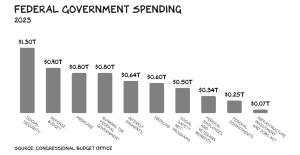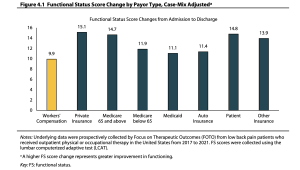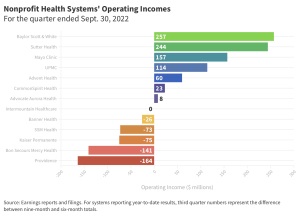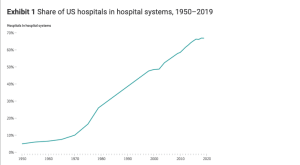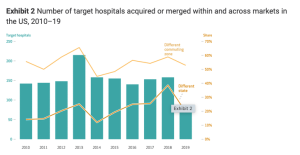Last time we talked tanks…
This time we’ll focus on Russia’s winter offensive. If you don’t have time, just skip to the takeaways at the bottom of this post.

credit Institute for the Study of War; I highly recommend ISW’s briefings
Quick take – the offensive isn’t going well. While Russia is making advances, they are measured in meters not miles, and are coming at horrendous cost in dead, injured, and captured Russian troops. The Russians did capture Soledar and have make barely measurable progress around Bakhmut and a couple other places but none of those are – in any way – changing the reality on the ground.
Which is Russia is screwed.
As we discussed in WOT #10, you need troops and equipment to fight a war.
The Russians lost a huge amount of equipment last year – hundreds of tanks, armored fighting vehicles, cannons, trucks, trains – equipment it cannot readily replace, if at all. If you want to attack, as Russia is trying to do in its winter offensive, you really need armored vehicles to penetrate opponents’ lines and break out into less well-defended territory. Dug-in defenses – usually several lines deep – are very, very hard to defeat unless you can blow a really big hole in them and exploit the opening with fast-moving vehicles.
So, in what is eerily reminiscent of World War One, Putin the Butcher is throwing thousands of untrained men at Ukraine’s front lines. (If you want a taste of that, I highly recommend the book and film “All Quiet on the Western Front“.) Trigger alert – it is really awful and disturbing, and the German general is a bald version of Putin the Butcher.
PtB’s tactics are pretty awful…
- untrained ex-prisoners and recruits from Russia’s far east are forced to attack Ukrainians positions.
- they are slaughtered – because they have no idea what they are doing, have minimal weapons and ammunition, and are going up against entrenched, battle-hardened and well-supplied Ukrainians, but
- in so doing, the Ukrainians reveal their positions, which are then bombarded with rockets and artillery and attacked by much more capable Russian troops.
That is NOT to say Russia’s “real” soldiers are invulnerable. Reports from the front indicate Putin’s “elite” units lost dozens of armored vehicles and hundreds of soldiers over the last few days…equipment and men which Russia cannot afford to lose.
Putin the Butcher has a seemingly inexhaustible supply of poor young men but they are a very poor substitute for modern military vehicles and artillery.
Takeaways
While others much more knowledgeable than I see this war grinding on for years, I’m hard pressed to agree.
Russia:
- cannot replace most lost equipment,
- is losing more and more of its irreplaceable, experienced and well-trained troops,
- has not demonstrated its generals have any idea what to do,
- is facing an increasingly better-equipped and far more motivated enemy, and
- is losing the information and intel dimensions.
Like we saw late last spring, all is well until it is not, and then it goes really, really badly for Putin the Butcher.
all previous posts on this topic are here.

